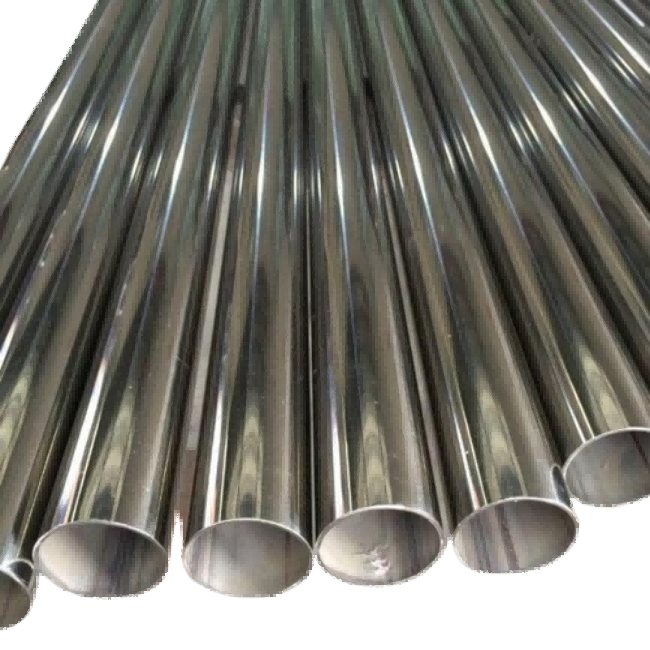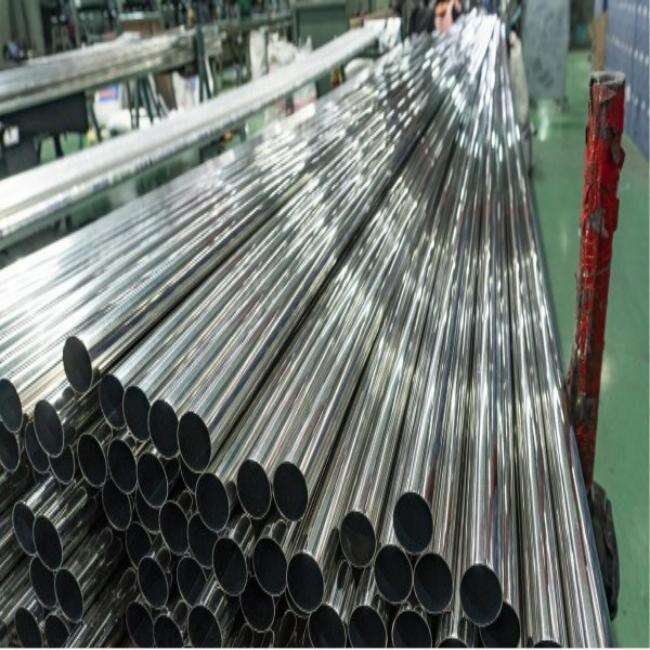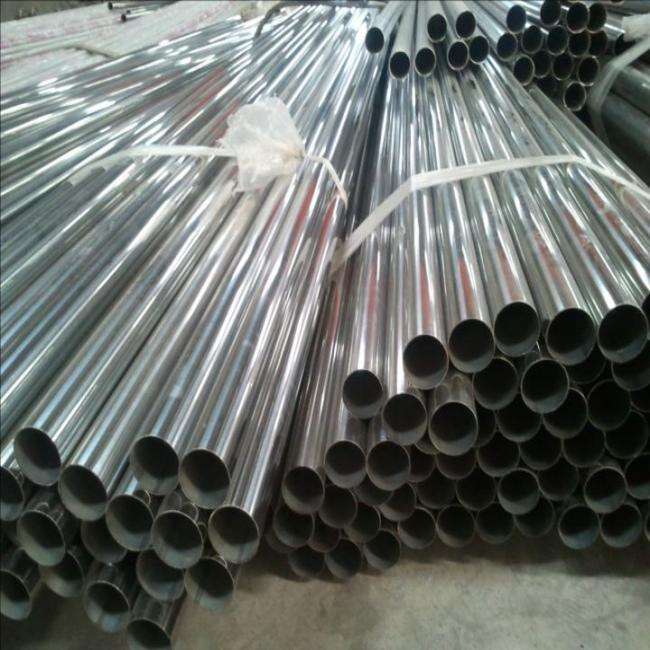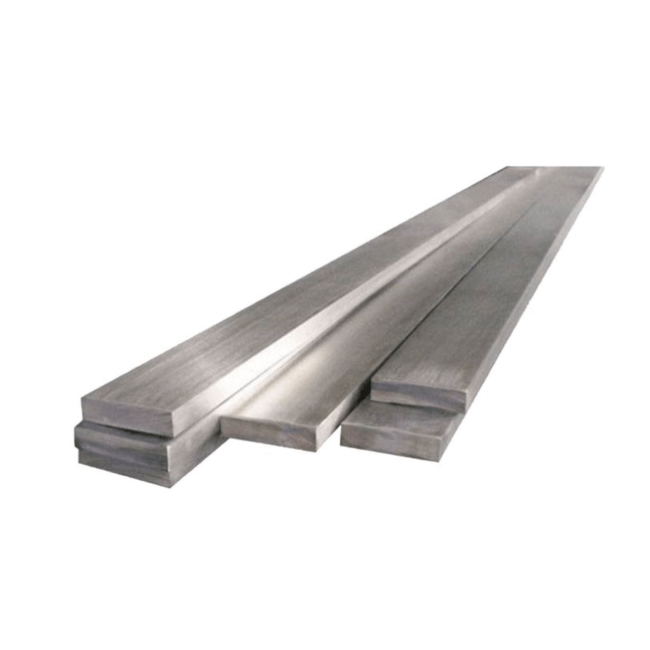201 Stainless Steel Welded Pipe
Stainless steel pipe is a kind of hollow long steel made of stainless steel, which is widely used in industry, construction, household and other fields.
- Overview
- Recommended Products
The main materials
stainless steel pipe according to the composition and properties of different, commonly used materials are divided into the following categories:
1.Austenitic stainless steel: such as 304 (18Cr-8Ni), 316 (containing Mo, stronger corrosion resistance), non-magnetic, good corrosion resistance, the most widely used.
2.Ferritic stainless steel: such as 430, magnetic, stress corrosion resistance, but lower toughness.
3.Martensitic stainless steel: such as 410, can be strengthened by heat treatment, high hardness, but poor weldability.
4.Duplex stainless steel: such as 2205 (Cr-Ni-Mo), both austenitic and ferritic advantages, high strength and corrosion resistance.
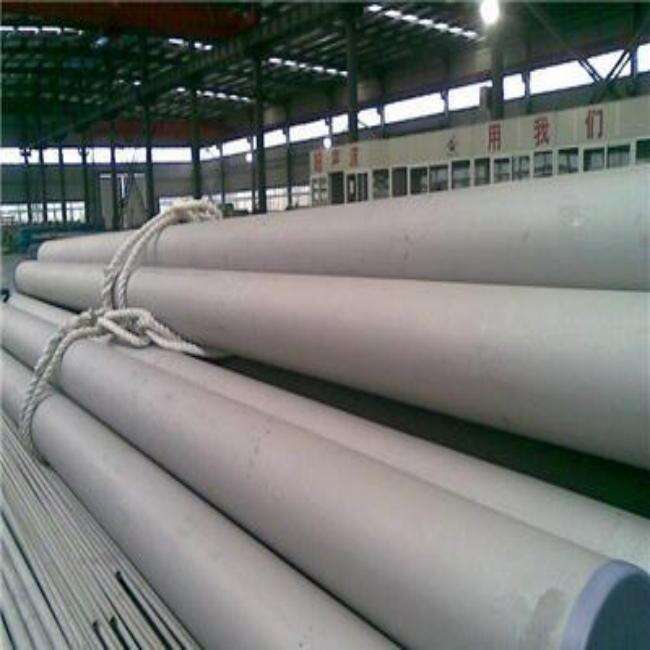
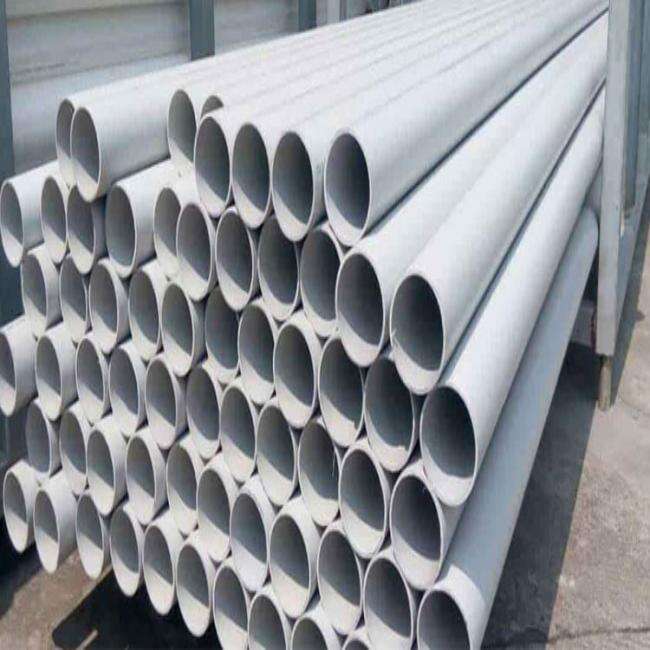
Production process
1.Seamless steel pipe: formed by hot rolling or cold drawing, no welds, strong pressure capacity, used in high-pressure environments (e.g., chemical, petroleum).
2.Welded steel pipe: welded from steel plate or steel strip, high production efficiency, low cost, suitable for low-pressure scenarios (e.g. structural pipe, decorative pipe).
Main features
1.Corrosion resistance: anti-oxidation, acid and alkali resistance, suitable for humid or corrosive environments.
2.High strength: excellent mechanical properties, strong pressure and impact resistance.
3.Hygiene: smooth surface is not easy to accumulate dirt, in line with food-grade standards (such as 304 for drinking water pipe).
4.Aesthetics: the surface can be polished, brushed, commonly used in decoration (such as handrails, guardrails).
5.Temperature resistance: some materials can withstand high temperature (such as 310S) or low temperature (such as 316L).
Common Application areas
1.Industry: petrochemical piping, heat exchangers, boiler tubes.
2.Construction: structural support, curtain wall frame, lift decoration.
3.Household: water pipe, gas pipe, cabinet puller.
4.Medical: surgical instruments, sterile transport piping.
5.Transportation: automobile exhaust system, ship piping.
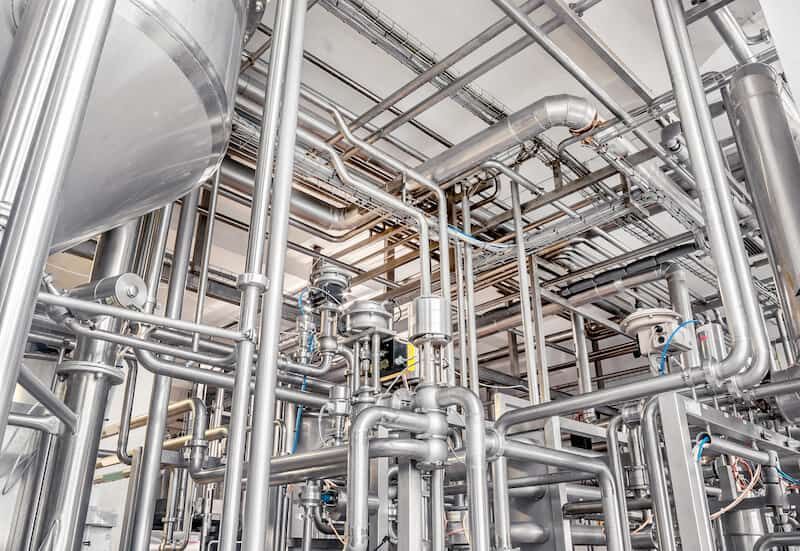
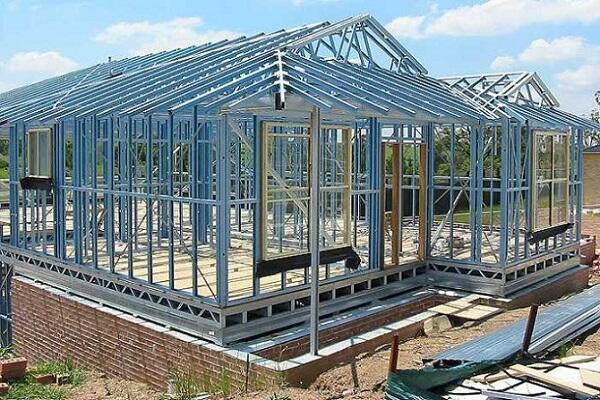
Surface treatment process
1.Polishing: mirror (8K), matte (6K), to enhance aesthetics.
2.Sandblasting: to form a frosted texture, anti-fingerprint.
3.Electroplating: Increase the plating layer (e.g. titanium gold plating) to enhance the decorative properties.
4.Brushed: to form a metallic texture, anti-scratch.
Specifications
1.Diameter range: capillary tube (<1mm) to large calibre tube (>500mm).
2.Wall thickness: thin wall (0.1mm) to thick wall (≥10mm).
3.Length: Normally 6 metres fixed length, customised.
Selection and Purchasing Considerations
1.Environmental Requirements: 316 is recommended for coastal or highly corrosive environments; 304 is sufficient for general indoor use.
2.Pressure requirements: high-pressure scenarios need to choose seamless pipe, low-pressure welded pipe can be used.
3.Certification standards: check whether it meets GB/T, ASTM, JIS and other standards.
4.Surface quality: check whether there are scratches, weld unevenness and other defects.
Maintenance and care
1.Regularly wipe with neutral cleaner and avoid long-term contact with chlorine ions (e.g. salt water).
2.Welding needs to use argon arc welding to prevent chromium carbide precipitation (to avoid intergranular corrosion).
3.Stainless steel tubing has become an indispensable material in modern industry and life due to its durability, versatility and environmental friendliness (100% recyclable). Choosing the right material and process according to specific needs can maximise its performance advantages.



